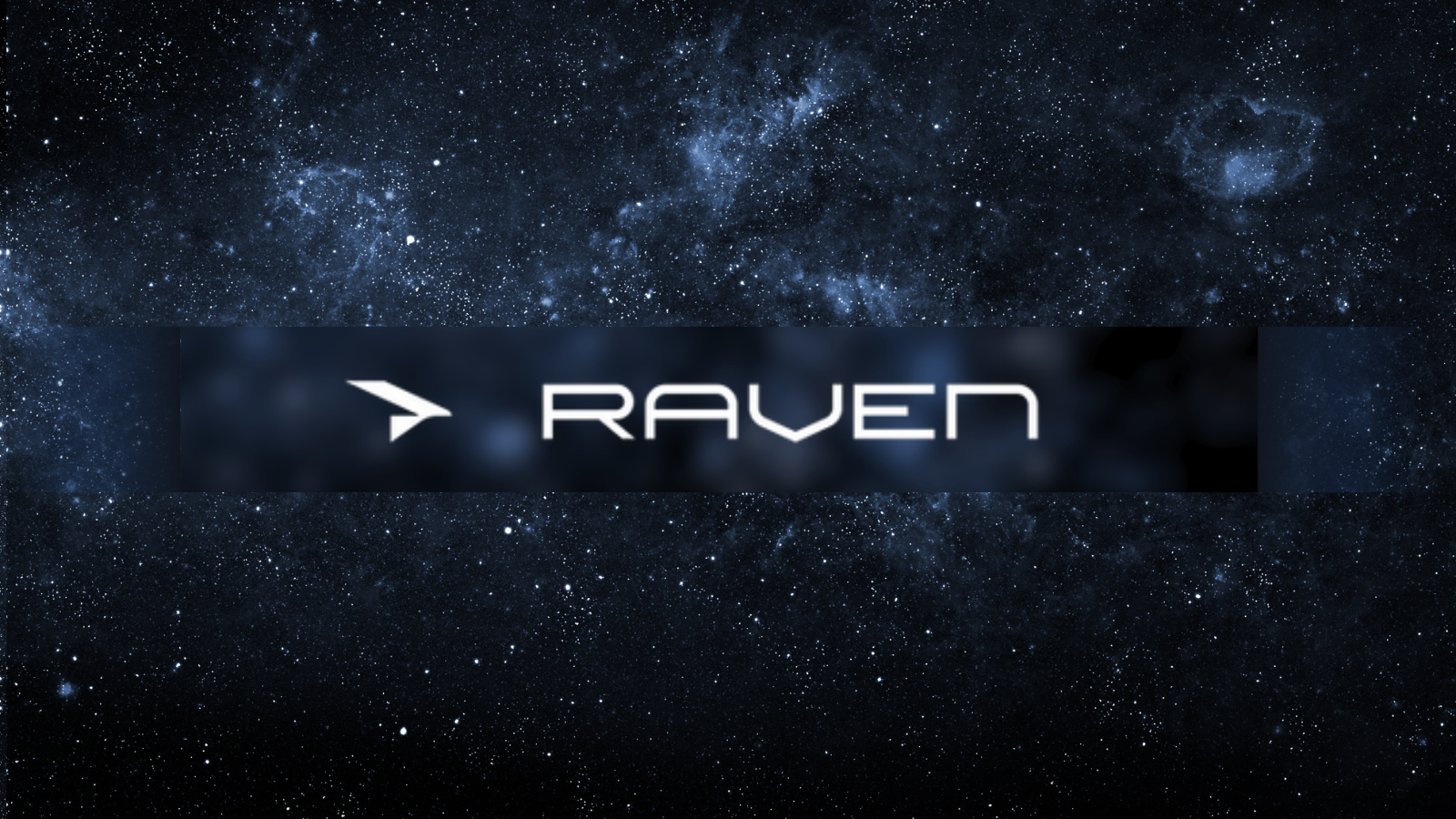
NSIN Alum Raven Space Systems Brings Lightweight Thermoset 3D Printing To Aerospace, Defense


Raven Space Systems Inc. has quickly emerged as one of Kansas City’s most innovative companies with their solution to counter high costs, long lead times, and design limitations in the field of aerospace-grade composite materials.
Co-founded by Blake Herren and Ryan Cowdrey, Raven is building Microwave Assisted Deposition (MAD), a breakthrough thermoset composite 3D printing innovation for lightweight structures and thermal protection for aerospace and defense applications. Raven’s rapid, large-scale 3D printing will alleviate critical supply chain bottlenecks for high-temperature applications including solid rocket motors, hypersonics, and more, and will unlock the next generation of optimally-designed aircraft and spacecraft structures with materials as strong as aerospace-grade aluminum at half the density.
Raven, an alumnus of the National Security Innovation Network’s (NSIN) 2023 Vector program, has received $1.5 million in non-dilutive funding from the National Aeronautics and Space Administration (NASA), AFWERX, and the National Science Foundation.
Raven also participated in NSIN's 2024 Hypersonic Cost Reduction Challenge and received support from the National Institute for Aviation Research (NAIR) at Wichita State University. Both the hypersonic challenge and NIAR support were coordinated through the NSIN’s Regional Network Team and the Defense Innovation OnRamp Hub: Kansas.
We caught up with Dr. Herren, Raven’s CEO to learn more about his company and how NSIN helped them on their journey.
NSIN: Tell us about how your company got started.
Herren: I met my co-founder Ryan Cowdrey in the lab during graduate school at the University of Oklahoma. We recognized thermoset composites were the highest performance materials, but traditional manufacturing was slow, laborious, and limited. There has been significant interest from researchers in lab-scale 3D printing of thermoset composites for the past two decades, but no one had figured out scalable production-level 3D printing of these materials. This led to our patented invention Microwave Assisted Deposition (MAD) 3D printing we built outside of the university at Raven and was awarded multiple STTRs before I graduated to start building prototypes.
NSIN: What successes has your company seen so far?
Herren: We’ve seen tremendous customer traction for our thermal protection materials for propulsion systems, hypersonics, and more. Additionally, our epoxy carbon fiber 3D printing is of significant interest for aircraft, satellites, and other structures that need to be lightweight. We have several additional non dilutive research and development (R&D) contracts in the pipeline that we are excited to announce when they come in. Samples have been shipped to several customers, and we are quickly approaching shipping full-scale parts soon when our industrial-scale MAD 3D printer is operational in the coming months. Testing results from customers and partners have been very promising.
NSIN: How did you initially get started with NSIN?
Herren: We participated in the 2023 Vector program, which provided us with valuable insight into marketing and selling our capabilities to the Department of Defense. Although we knew little about this area, the Vector program helped connect us with military personnel so we could showcase our technology. Our 3D printing technology has great potential to fulfill several military needs, and NSIN helped put us in a great position.
NSIN: What would you tell other companies about the benefits of the Vector program?
Herren: The biggest benefit of the Vector program for me was tailoring my pitch to the defense customers. Learning how to best communicate and engage with government customers is critical to what we’re building at Raven. If it’s important at your company too, I’d highly suggest the NSIN Vector program.
NSIN: What is next for your company?
Herren: Raven is building our first production lines to meet customer demands. There are significant supply chain bottlenecks we identified, and we proved our innovation works well for these applications. Now we are scaling our systems and methods to alleviate these bottlenecks and ultimately modernize composite manufacturing across aerospace and defense. We’re building a breakthrough automated composite manufacturing technology that is critical for the industrial base. I know what this innovation is capable of when it’s fully developed. I see it as our responsibility to scale this technology in the market to give the U.S. and its allies a significant advantage in composite manufacturing.
About the Defense Innovation Unit
The Defense Innovation Unit (DIU) strengthens national security by accelerating the adoption of commercial technology in the Department of Defense and bolstering our allied and national security innovation bases. DIU partners with organizations across the DoD to rapidly prototype and field dual-use capabilities that solve operational challenges at speed and scale. With offices in Silicon Valley, Boston, Austin, Chicago and Washington, DC, DIU is the Department’s gateway to leading technology companies across the country.
About National Security Innovation Network
NSIN is a program office in the U.S. Department of Defense, nested within the Defense Innovation Unit (DIU). We are set up to collaborate with a wide variety of innovators to include universities, researchers, students, entrepreneurs and start-ups. We create opportunities for collaboration across communities and connect those that might not traditionally work in national security. Together, we help drive national security innovation and develop technologies that directly support the individuals responsible for protecting our country.
For more information or interview requests with Team NSIN, please contact us at media@nsin.mil.